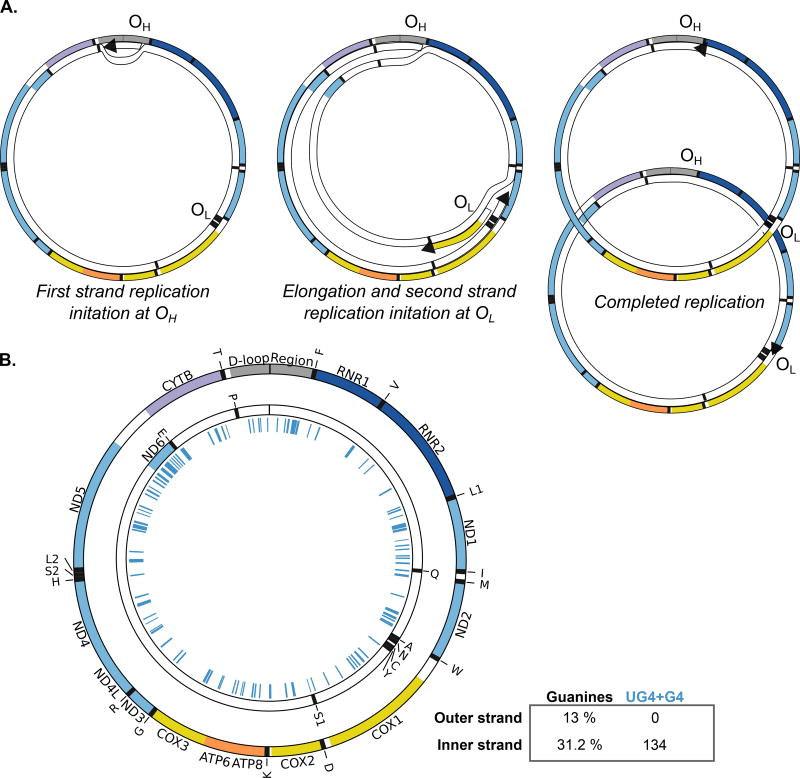Figure 3. Mitochondrial genome replication and predicted G4 forming potential sequences.
(A) Simplified diagram of mtDNA asynchronous replication. Left: first strand replication initiation at ori-H (OH). DNA starts as duplex, with synthesis of the heavy strand initiated in the heavy strand origin (OH). Middle: elongation of the first strand and initiation of the second strand replication at ori-L (OL). Continuous elongation of the first strand displaces the parental heavy strand of mtDNA with nascent DNA. Once replication crosses the primary second strand origin (OL), replication in the other direction begins. Right: Elongation of both strands continues until two semi-conservative molecules are generated. Note that only the heavy strand is single stranded in this process. (B) Representation of the G4-forming sequences in the heavy strand (inner strand; 31.2% guanines) of the human mtDNA. The figure represents validated unstable G4 (UG4; n=63) and G4 (n=71) out of 209 sequences experimentally tested9.

